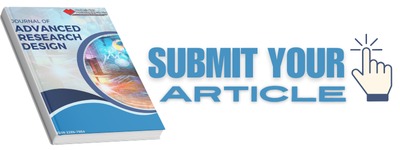Rehabilitation of Paddy Fields using Subcritical Water Pretreated Oil Palm Empty Fruit Bunch
DOI:
https://doi.org/10.37934/ard.110.1.124Keywords:
Low rice yield, acidic soil, oil palm empty fruit bunch, subcritical waterAbstract
The paddy consumption in Malaysia is forecasted to increase, however, constant paddy production area coupled with low rice yield in the past years has raised concerns. Various efforts has been implemented by paddy farmers which may not be sustainable. This include excessive applications of chemical inputs that damage the environment and increase the cost of production. Moreover, one of the problem faced in paddy production is acidic soil. Commonly, chemical treatments are used to increase the soil pH. An alternative method to alleviate the acidic soil is by applying organic matters. Oil palm empty fruit bunch (EFB) is abundantly generated from oil palm mill and is often disposed to landfill or incinerated. Due to its high nutrient content, EFB can be transformed into organic fertilizer or soil amendment. Therefore, the objective of this study was to investigate the potential of using subcritical water (SCW) pre-treated EFB to alleviate acidic soil. Two experimental studies which were lab- scale and agriculture-scale were conducted. For agriculture-scale, the results showed significant increase of soil pH in five out of six plots monitored. Plots which were initially too acidic were significantly improved to pH 5.5 – 6.4. For lab-scale, the acidic conditions in Sungai Balang, Johor were replicated in pots of soil. Four types of soil treatment (control, chemical, raw EFB and SCW-treated EFB) were applied to the acidic soil and the changes in soil pH were monitored for 30 days. Results from the lab-scale study show that SCW-treated EFB applied at ratio of 1:3 was able to increase and maintain soil pH at 6.1 – 6.4, which is within the optimum range for paddy growth. This shows that application of SCW-treated EFB can be used as organic fertilizer and adopted as one of the sustainable paddy farming practices to improve paddy soil conditions.
Downloads























